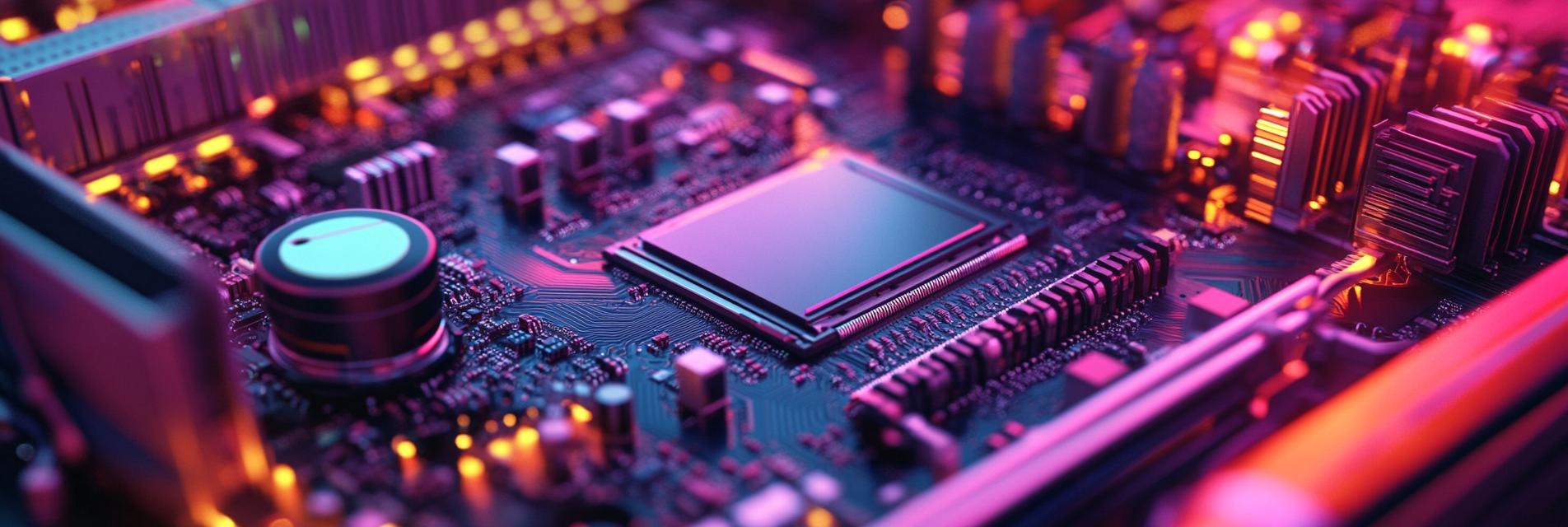As the demand for electronics accelerates, manufacturers are increasingly leaning towards automated production lines, particularly in the PCB (Printed Circuit Boards) sector. This article delves into the return on investment (ROI) considerations for automating PCB production, providing valuable insights for decision-makers in this dynamic industry.

In the electronic manufacturing landscape, efficiency and speed are paramount. The rising complexity of PCB designs necessitates advanced manufacturing technologies. Automation not only enhances production speeds but also significantly reduces the probabilities of human error, leading to higher quality products. Therefore, evaluating the investment in automated PCB production lines becomes critical for maintaining competitive advantage.
To accurately assess the ROI of automated PCB production lines, several factors must be considered:
Establishing a clear payback period for the investment in automation is a key step in the ROI analysis. Typically, this involves calculating the anticipated savings from increased efficiency and reduced errors against the upfront costs. A well-structured financial model considering all operational costs and savings will provide management with a clearer understanding of when the investment will break even.

In conclusion, the ROI analysis for investing in automated PCB production lines reveals a landscape filled with potential for increased efficiency, reduced operational costs, and improved product quality. By carefully considering the key factors influencing ROI, manufacturers can make informed decisions that not only enhance productivity but also secure their position in the competitive electronic manufacturing market.
